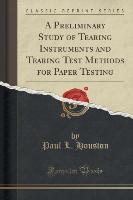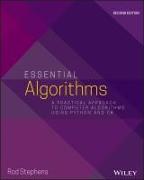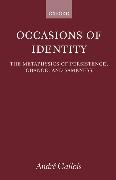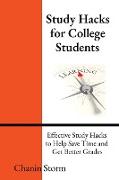A Preliminary Study of Tearing Instruments and Tearing Test Methods for Paper Testing (Classic Reprint)
BücherAngebote / Angebote:
Excerpt from A Preliminary Study of Tearing Instruments and Tearing Test Methods for Paper Testing
1. Statement Of Problem
For some time it has been a recognized fact in the paper industry that there is a need for an instrument that will give numerically the tearing strength of paper. Considerable work has been done along this line at different laboratories. The result has been that two types of tearing instruments have been invented and are used to some extent. One of these types is a recording instrument, giving a curve showing the maximum and minimum tearing strength of paper and the results of five initial tears. The other type gives merely the maximum tearing strength by weighing or measuring the load applied to the paper to tear it. Both types have their good and their bad points, which will be brought to light in the following study.
II. Discussion Of Test Methods
1. Practical Tests With Different Size Test Samples
Before taking up a study of the instruments themselves it must be remembered that the tearing strength of paper depends a great deal on the size of the test sample. For instance, a series of bag papers that had previously been tested for weight (in pounds) of the standard size ream 25 X 40 - 500 and for bursting strength were torn on the tensile-strength instrument described in Bureaus Circular No. 107, pages 15-17, and on the two types of tearing instruments mentioned above. For convenience, let the recording instrument be called type I and the nonrecording instrument type II. The test samples were cut 1 by 8 inches for the tensile-strength machine, 2¿ by 1 1/8 inches for type I instrument, and 4 by 10 inches for type II instrument. All samples were torn the machine direction, beginning at a point just halfway across the width of the test sample, and an average of 10 tests was taken for each result. The results in Table 1 were obtained. It might be well to mention here that all tests in this study were conducted in a constant-temperature and humidity room, where all test samples before they were used were conditioned for two hours at a temperature of 70° F and a relative humidity of 65 percent. From these data it is to be noted that the larger the test samples are in size the higher are the values of tearing strength.
About the Publisher
Forgotten Books publishes hundreds of thousands of rare and classic books. Find more at www.forgottenbooks.com
This book is a reproduction of an important historical work. Forgotten Books uses state-of-the-art technology to digitally reconstruct the work, preserving the original format whilst repairing imperfections present in the aged copy. In rare cases, an imperfection in the original, such as a blemish or missing page, may be replicated in our edition. We do, however, repair the vast majority of imperfections successfully, any imperfections that remain are intentionally left to preserve the state of such historical works.
Folgt in ca. 5 Arbeitstagen




